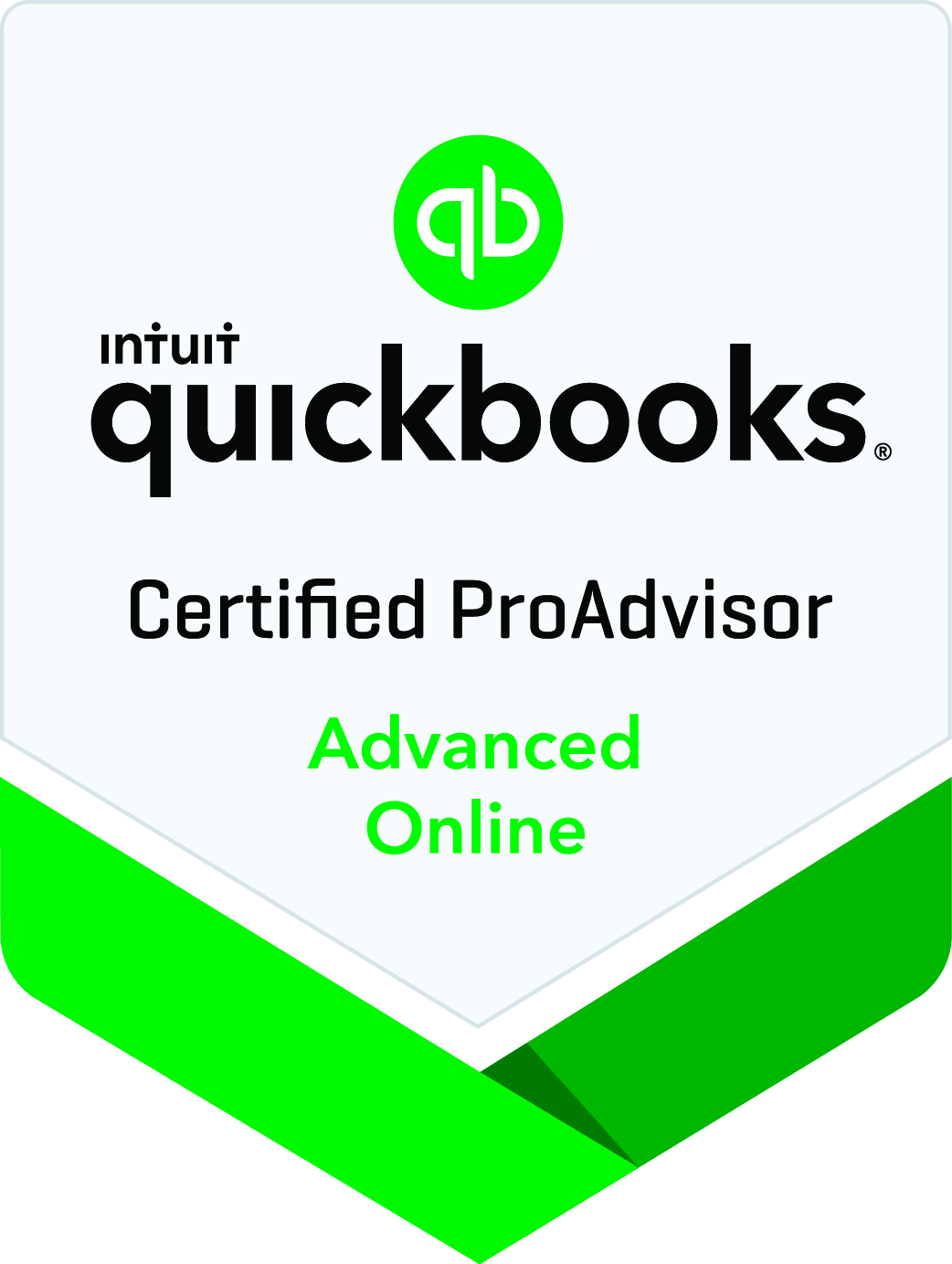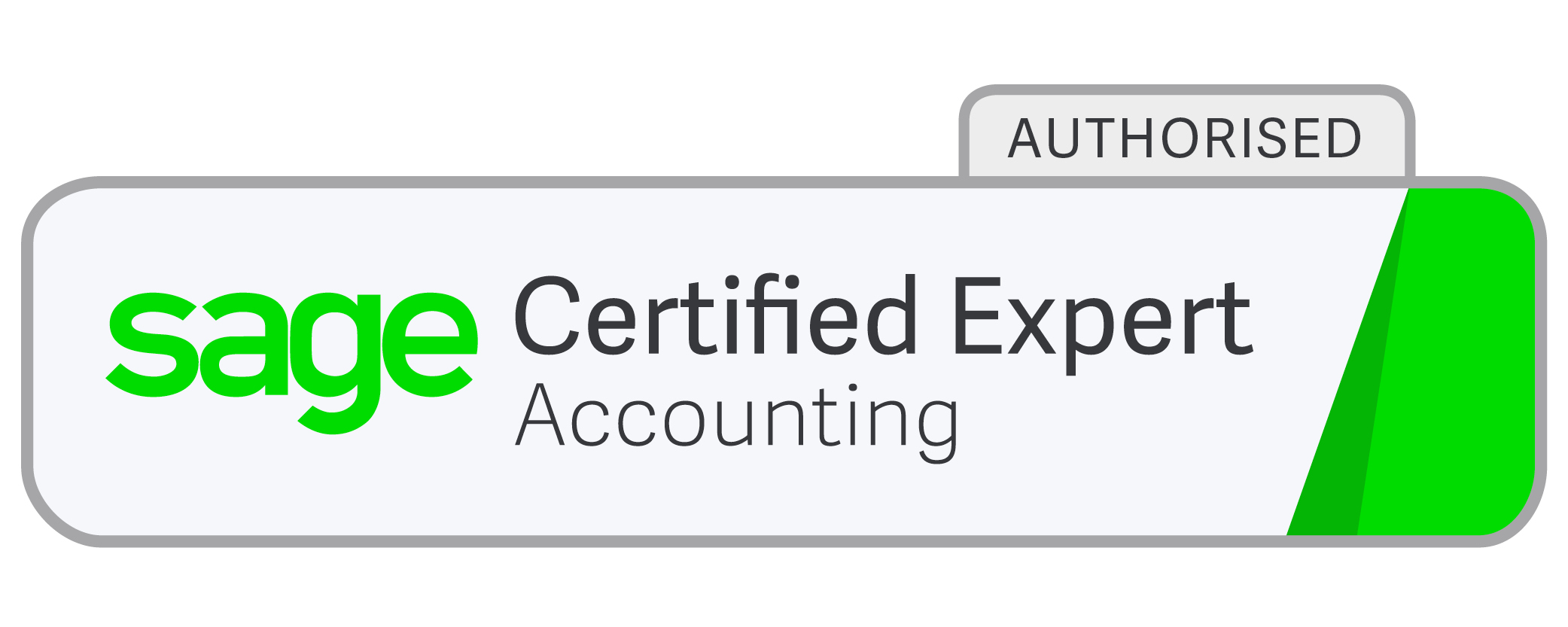April questions and answers
Newsletter issue - April 2021
Q. Our company uses the cash accounting scheme. We've lost a lot of trade as a result of Brexit and Covid-19 and we're looking to sublet part of our warehouse. We have opted to tax this. We want to raise a single invoice at the end of each financial year (31 March) for the year ahead. However, we're happy for the tenant to pay the rent (and VAT) in monthly instalments. Is this permitted under the cash accounting scheme?
A: Under the scheme, where an invoice is raised in advance of a supply the transaction is excluded from the scheme. This means you would need to account for VAT based on the sales invoice date, not the date your tenant pays you, which is obviously a cash flow drawback.
If you don't want to issue monthly invoices, you could issue a "request for payment" at the start of the year instead of a VAT invoice. This wouldn't create a tax point. You may also wish to issue an advance sales invoice showing twelve monthly tax points coinciding with the requested payment dates.
Q. I am 60 but still working. I have therefore avoided touching my various pension pots (which I still contribute regularly to) until recently. Last year, my son's business was struggling with the effect of lockdown so I withdrew £9,500 - intending to stay within the "small pot" rules. However, my accountant is now saying I can only contribute £4,000 each year to my pension. This could seriously affect my aim of retiring in two years as I have been paying in £25,000 each year. Is he correct?
A: There is a chance he is correct. You will however need to check exactly how you have accessed your savings with the scheme provider. Where a pension has been accessed "flexibly", a special cap on the annual allowance does indeed apply to restrict tax relieved future contributions to just £4,000. But this doesn't apply if you took the amount as a pension commencement lump sum (i.e. as part of your 25% tax free entitlement). It also won't apply if your withdrawal qualified under the small pot rules. The problem with these rules is that the pot in question must have been withdrawn in full. So, if you simply withdrew the money from a larger pot this won't be the case. Talk to your pension scheme provider before you make any further contributions. It might also be worth asking your accountant to join the call.
Q. My company bought a retail premises 18 months ago and I am VAT registered. I now want to let the flat upstairs to a residential tenant. Do I need to charge her VAT?
A: No, as letting residential accommodation is an exempt supply. However, your business will be partially exempt going forward and so you will need to apportion your input VAT between the taxable and exempt parts accordingly, only claiming the amounts that relate to your taxable business. This will generally be easy, but there will be a need to apportion VAT in cases where costs relate to both parts, e.g. repairs to the roof etc. You should familiarise yourself with the rules set out in VAT Notice 706 to ensure you are confident with your VAT reporting obligations.
 Cookies are small text files that are stored on your computer when you visit a website. They are mainly used as a way of improving the website functionalities or to provide more advanced statistical data.
Cookies are small text files that are stored on your computer when you visit a website. They are mainly used as a way of improving the website functionalities or to provide more advanced statistical data.



















